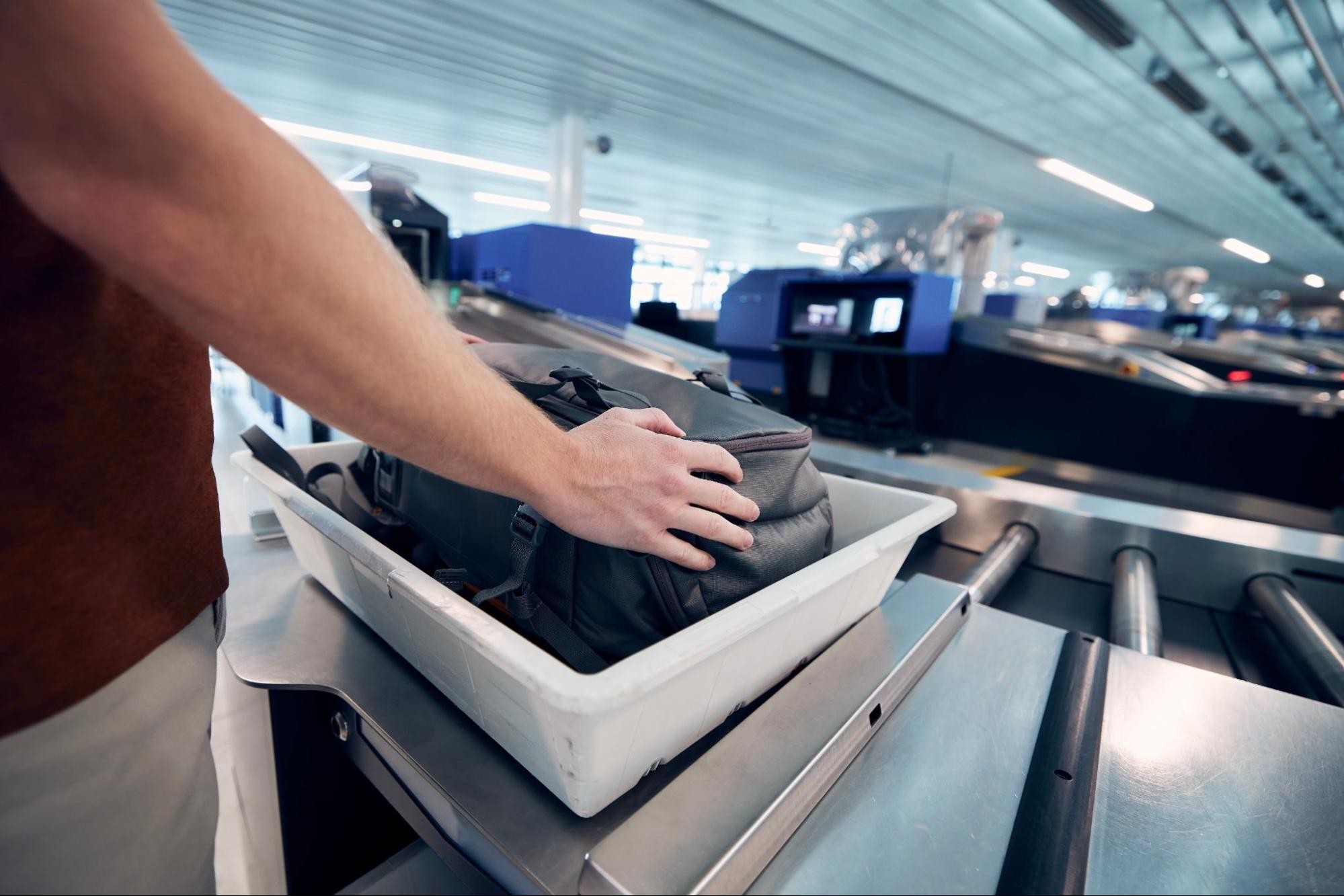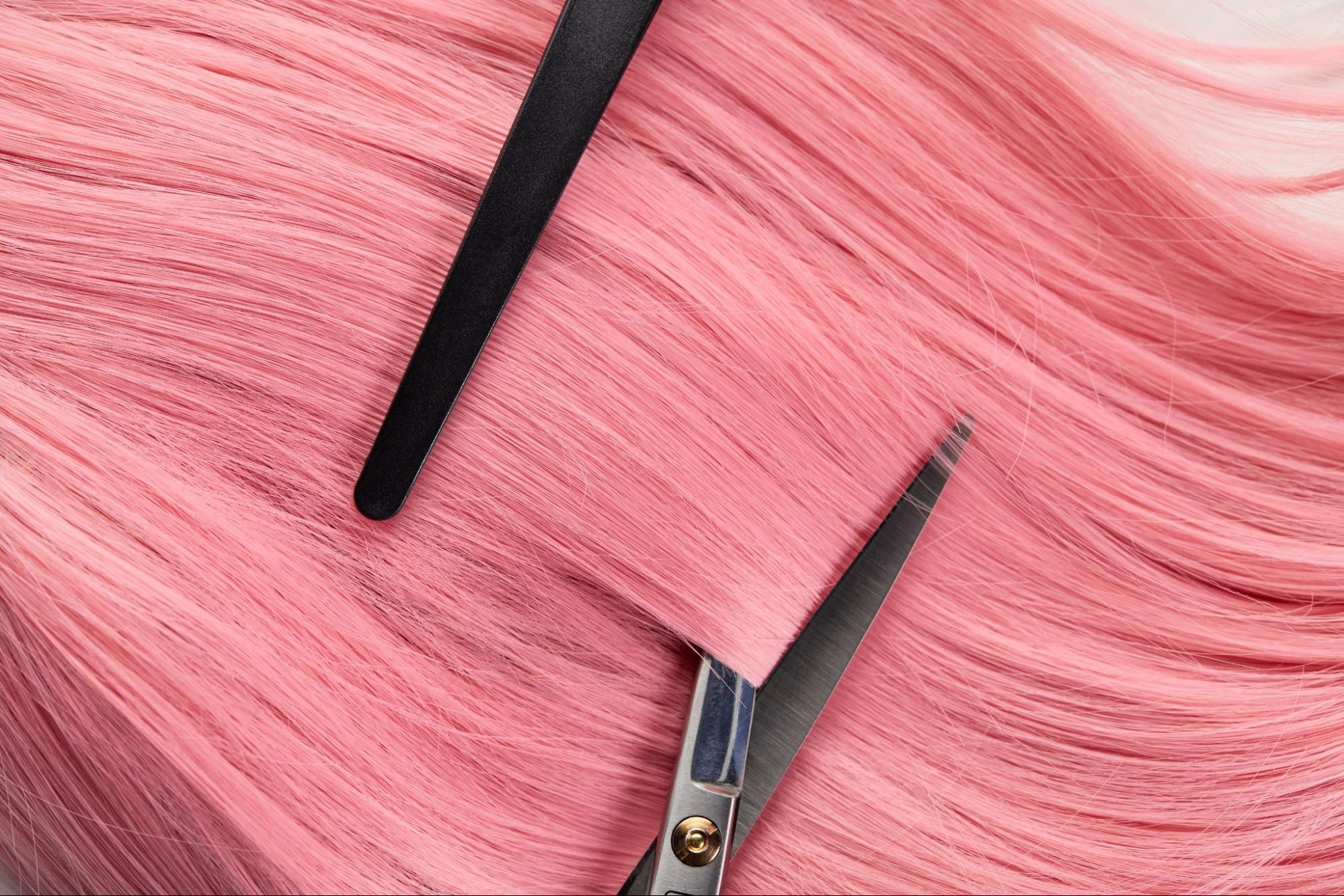Air travel involves a lot of considerations, and understanding what you can and cannot bring onboard is essential for a smooth and secure experience. One common question among travelers is: “Can You Take Travel Scissors On A Plane?” This article will delve into the regulations surrounding scissors on airplanes, offering valuable tips for a worry-free journey. We’ll explore TSA guidelines, international regulations, and practical advice on packing your scissors safely.
TSA Guidelines: Can You Bring Scissors Through Airport Security?
The Transportation Security Administration (TSA) permits scissors in both carry-on and checked baggage, subject to certain restrictions. According to the TSA website, scissors with blades shorter than 4 inches (measured from the pivot point) are allowed in carry-on bags. Scissors with blades longer than 4 inches must be packed in checked luggage.
During airport security screening, all carry-on items, including scissors, are placed in bins and scanned by X-ray machines. These machines can detect the presence of sharp objects. If a TSA officer identifies scissors in your bag during the screening process, they may request you to remove them for closer inspection.
 TSA agent inspecting a carry-on bag with scissors
TSA agent inspecting a carry-on bag with scissors
TSA officers inspect carry-on bags for prohibited items, including scissors. Ensure scissors are within the TSA’s size regulations for carry-on luggage. – Photo by Chalabala – stock.adobe.com
Carry-On vs. Checked Luggage: Where Should You Pack Your Scissors?
- Carry-on bags: Scissors with blades shorter than 4 inches are generally allowed.
- Checked luggage: Scissors of any length are permitted, but it’s recommended to pack them safely to prevent injury to baggage handlers.
International Flight Regulations for Travel Scissors
When traveling internationally, it’s crucial to be aware that regulations regarding scissors can vary between countries and airlines. While the TSA guidelines apply in the United States, other countries may have different rules.
For instance, the Canadian Air Transport Security Authority (CATSA) allows scissors with blades up to 6 cm (approximately 2.36 inches) in carry-on bags. In the UK, scissors with blades longer than 6 cm are not allowed in carry-on luggage. However, blunt-ended scissors are generally permitted in both carry-on and checked luggage.
Some airlines, like Ryanair and EasyJet, may have even stricter policies regarding scissors. Ryanair allows scissors with blades up to 6 cm, while EasyJet may only permit scissors with blades up to 3.5 cm.
 International flight regulations for scissors
International flight regulations for scissors
Scissors regulations can differ significantly between countries and airlines. Always check the specific rules for your destination and carrier before traveling. – Photo by Olexandr – stock.adobe.com
Important Note: Even if scissors are permitted in carry-on luggage, they may be subject to additional security checks. Always verify the regulations of the specific airport and airline you’re traveling with, as they may have stricter rules concerning sharp objects.
Other Sharp Objects Allowed on Planes
Besides travel scissors, several other sharp objects are generally permitted in carry-on luggage, provided they meet specific criteria:
- Cigar Cutters: Generally allowed due to their small size and blunt design.
- Crochet Hooks: Usually made of plastic or aluminum and not considered dangerous.
- Disposable Razors: Permitted because the blades are enclosed in a cartridge.
- Knitting Needles: Typically made of lightweight materials like bamboo or plastic.
- Lock Picks: Small tools shorter than 7 inches are allowed, but check local laws first.
- Nail Clippers: Blades are generally less than 4 inches and have rounded edges.
- Pencil Sharpeners: Most have a small blade enclosed in a housing.
- Safety Pins: Commonly used for practical purposes.
- Sewing Needles: Knitting needles and needlepoint tools are typically allowed.
- Tweezers: Considered a common personal item for grooming.
 Various sharp objects permitted in carry-on luggage
Various sharp objects permitted in carry-on luggage
Certain sharp objects like nail clippers, tweezers, and disposable razors are generally permitted in carry-on luggage, subject to TSA guidelines. – Photo by irissca – stock.adobe.com
Note: Certain sharp objects like knives and safety razors are not allowed in carry-on luggage but can be carried in checked baggage.
Packing Travel Scissors Safely: A Step-by-Step Guide
To ensure your travel scissors are packed safely and comply with regulations, follow these steps:
- Choose the Right Protective Material: Use a sturdy plastic or metal case to prevent the blades from protruding. A protective sheath or blade guard is ideal.
- Wrap the Blades: Wrap the blades with bubble wrap or foam to cushion them and prevent them from rubbing against each other.
- Secure the Wrap: Use tape or rubber bands to secure the padding and protective material around the blades.
- Label the Container: Label the container as containing sharp objects to alert baggage handlers.
 Safe packing of scissors for air travel
Safe packing of scissors for air travel
Properly packing scissors involves wrapping the blades and securing them in a protective case to prevent injury and comply with safety regulations. – Photo by tputman151 – stock.adobe.com
Why Are There Restrictions on Scissors on Planes?
Safety is paramount in air travel, and restrictions on items like scissors are part of a broader set of regulations designed to ensure security. Scissors, with their potential use as a weapon, are subject to strict guidelines to maintain a secure environment on flights.
Airlines and airport security organizations balance safety with passenger convenience. While restrictions on items like liquids and sharp objects may seem inconvenient, they are necessary to safeguard the well-being of passengers and crew members.
FAQs About Bringing Scissors on a Plane
1. Can I take scissors in my hand luggage?
Generally, scissors with blades shorter than 4 inches (10 cm) are allowed in carry-on luggage. Scissors with longer blades must be packed in checked baggage. However, always check with your airline for specific rules.
2. Can I bring my hair-cutting scissors on a plane?
Yes, you can bring hair-cutting scissors as long as the blade length does not exceed 4 inches. It’s recommended to wrap them carefully and pack them in your checked luggage to prevent any issues at the security checkpoint.
 Hair cutting scissors
Hair cutting scissors
Hair-cutting scissors are allowed on planes if the blade length is less than 4 inches. For added security, it is recommended to pack them in checked luggage. – Photo by LIGHTFIELD STUDIOS – stock.adobe.com
3. Can you bring embroidery or kid scissors on a plane?
Yes, embroidery or kid scissors are allowed in both carry-on and checked luggage, provided the blade length does not exceed 4 inches.
4. Should I verify with my airline whether scissors are permitted or not?
Yes, it’s always best to confirm with your airline before packing scissors to prevent any complications or delays at the security checkpoint.
Final Thoughts
 Airport rules and regulations
Airport rules and regulations
Understanding and adhering to airport rules and regulations ensures a smooth and safe travel experience, especially when bringing items like scissors on a plane. – Photo by Nuthawut – stock.adobe.com
So, can you take travel scissors on a plane? The answer is generally yes, as long as you adhere to the regulations regarding blade length and packing guidelines. By being mindful of these rules and checking with your airline beforehand, you can ensure a hassle-free travel experience. Whether you’re a professional stylist or simply need to trim threads on the go, understanding these regulations will help you pack with confidence.
